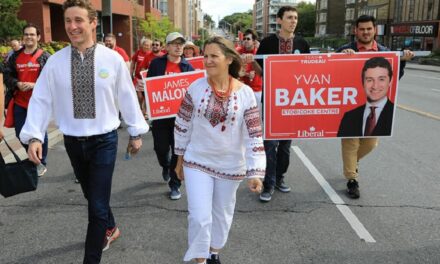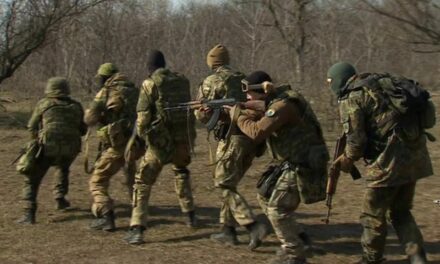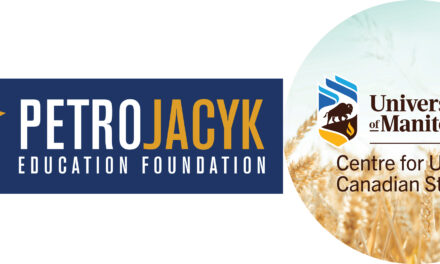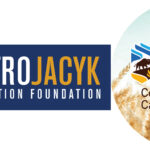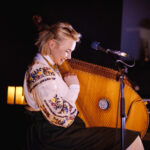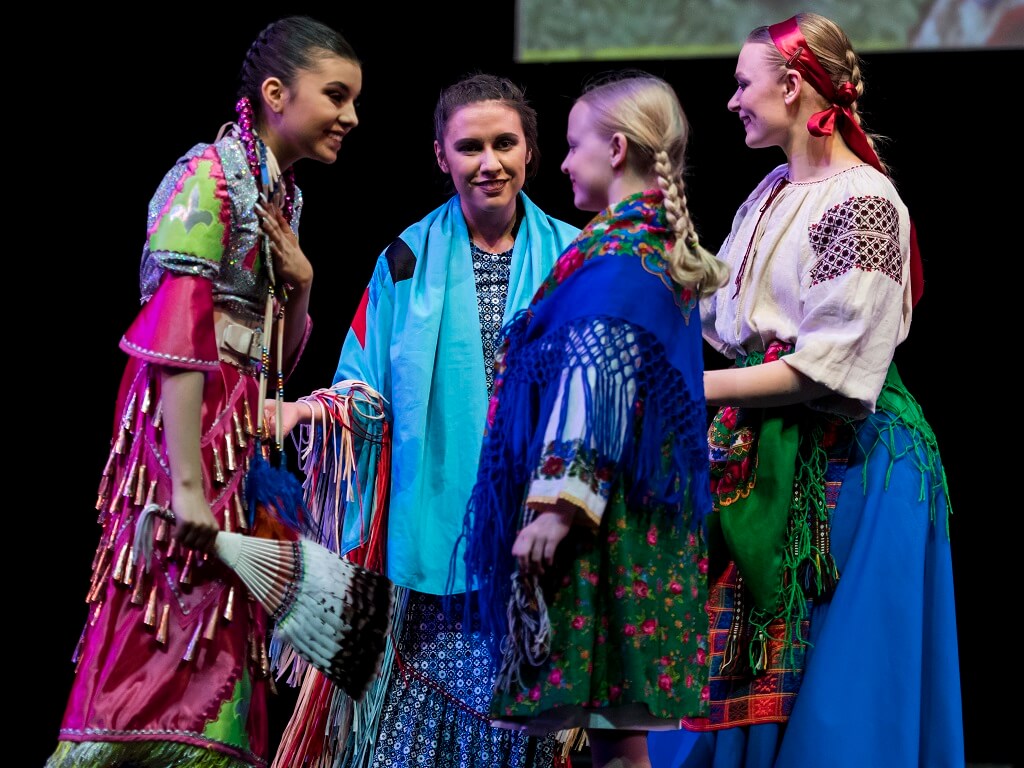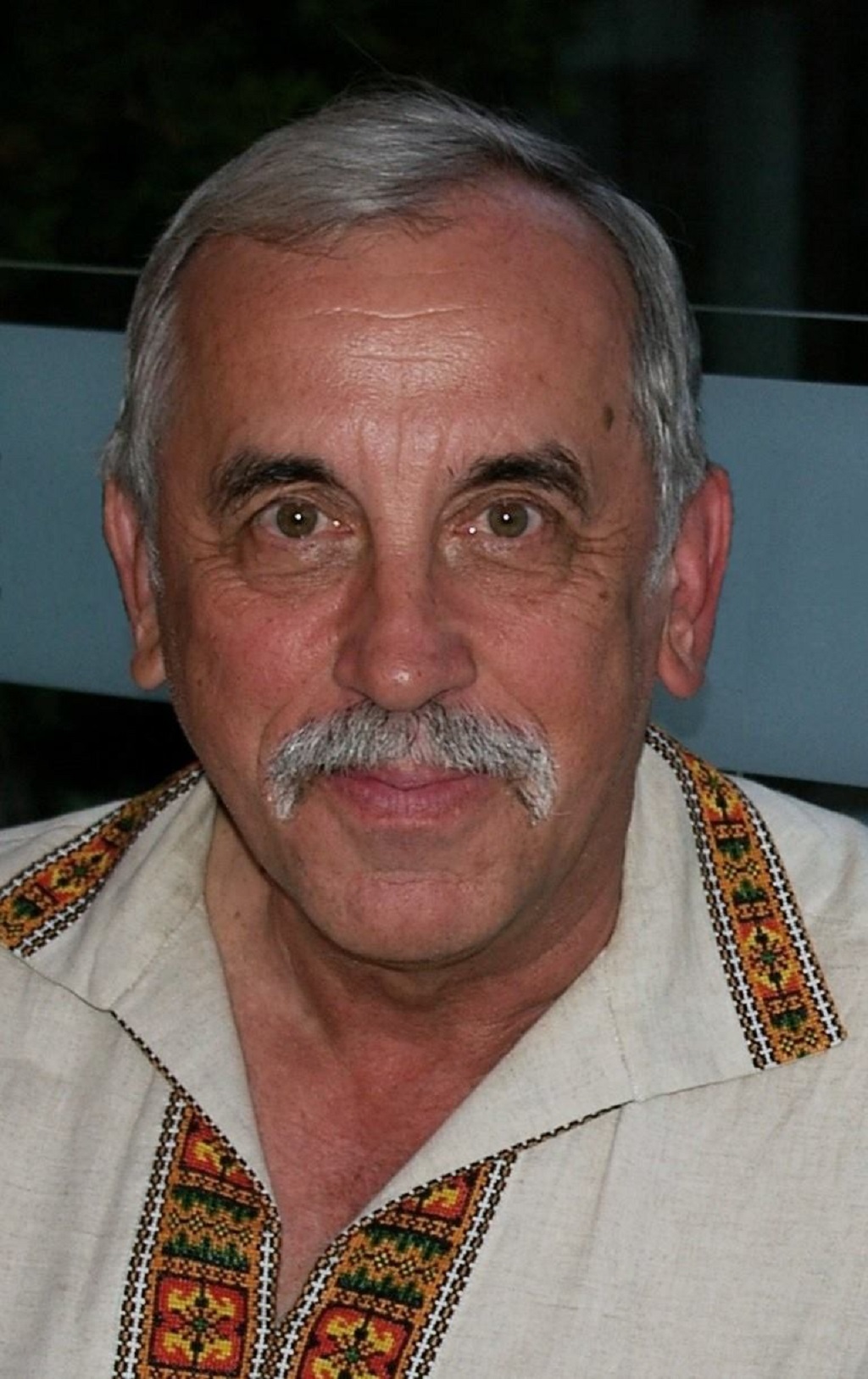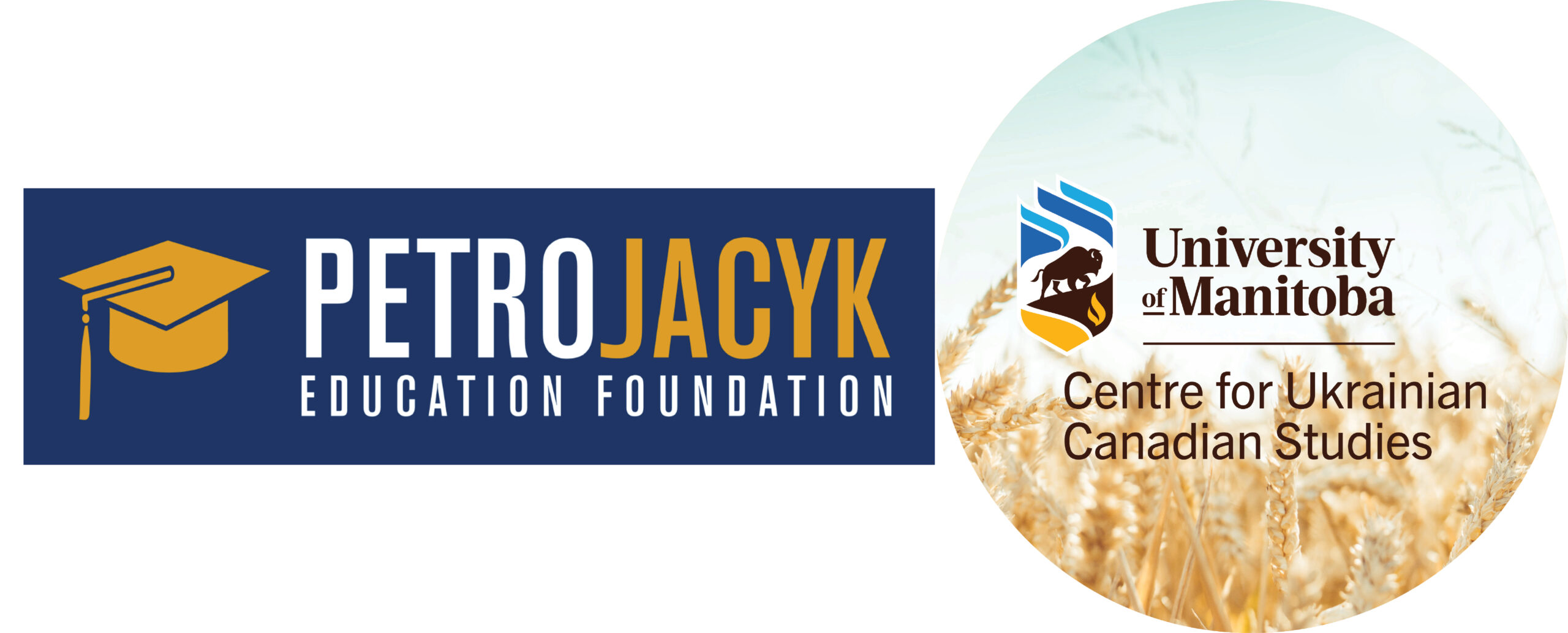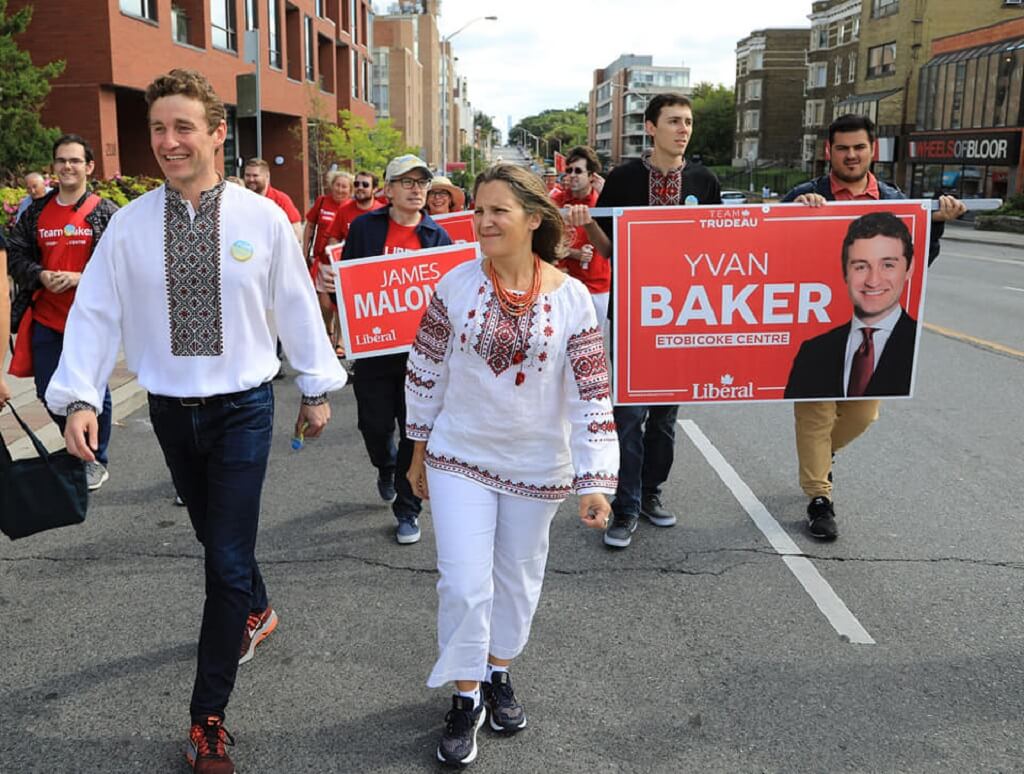Marco Levytsky, Western Bureau Chief.
In bringing its colourfully vibrant production of Ancestors and Elders to the stage, the Ukrainian Shumka Dancers not only provided a highly entertaining artistic program, but also opened the door to a very little known aspect of Canadian history – namely the interaction between the Ukrainian settlers who cleared the Prairies for agricultural use and the Indigenous peoples for whom these lands were traditional hunting grounds.
As Shumka’s Executive Director Darka Tarnwasky noted in her program notes for the production: “When I first heard a story of Aboriginal assistance to Ukrainian settlers in the early 1900s, I knew it had to be told. ‘These berries are safe to eat. This basket of medicinal herbs will heal you. Here is where the fish can be found.’ This is a portrayal of the true compassion and humanity we are all capable of. Why would the Indigenous peoples – whose land had been stripped of them by the colonials years earlier – try to help these new settlers who were given this harsh land to till?”
Tarnawsky also noted that there are many similarities between Indigenous and Ukrainian cultures, among them, reverence for the land, the beauty of beading, braiding and embroidery and the significance of circles, rhythms and drums in dances.
But the history of this relationship between the Indigenous peoples and Ukrainian pioneers remains largely anecdotal. Very little has actually been written about this subject.
As Alberta writer Myrna Kostash noted in “The Ukrainian Orthodox Church and the First Nations”, a lecture she delivered in March 2010 to the congregation of St Vladimir’s Ukrainian Orthodox Church in Calgary during a spiritual retreat, when working on her 2005 book Reading the River: A Traveller’s Companion to the North Saskatchewan River, she was able to find only one story about First Nations and Ukrainian contact. It was by Maria Yureichuk, whose family arrived in Edmonton in 1899 and travelled by raft downriver to their homestead near Victoria Settlement.
They ended up getting trapped by snow after their raft ran aground on a sandy shoal and came to a dead stop.
“Morning found us there, crouched at the entrance of our shelter. And the snow came down like an avalanche, as though it were trying to bury us alive…. We were so cold our teeth chattered, and we were afraid that by morning it would be the end of us. I wept bitterly over my fate and cursed my husband and Canada.
“It was already late morning when some Indians who lived near the river noticed a strange object sitting on top of the sandbank and came down to investigate. They took us into their home (an old shack), made some tea, gave us some dry biscuits to eat, and we gradually thawed out….
“I will not forget that incident as long as I live…. It was a blessing from God that the Indians caught sight of our raft, for without their help we would have perished there.”
Kostash noted the lack of any Ukrainian Canadian historical writings on the subject of Indigenous people.
“You might ask: Why should a Ukrainian-Canadian have anything particular to say about these matters? I would answer that it is very basic, very fundamental: our forebears to western Canada settled on what had been sovereign Indian land but the only story we have been pleased to tell, over and over again, is that triumphalist narrative of our back-breaking labour on ‘free lands,’ reaping crops from ‘virgin’ soil, which the government in Ottawa ‘gave’ to us, and on which we built our fences and our barns, our schools and our post offices, our churches and our graveyards, naming them all, as well as the creeks and lakes and ravines, in our own language, with our own ancestral memory and our New World desires, as though they had been unnamed before we got here, as though stories had not already been told for generations about the heroes and gods who walked this same land, as though Native ancestors’ bones had not already been committed for millennia to this very earth that they and now we love and call Mother.”
There are many common threads that run through the history of Indigenous people and Ukrainian settlers in Canada. Both were subjected to discrimination and looked down upon by the higher ethnic echelons of the “Vertical Mosaic” that was Canadian reality throughout most of the 20th Century. For Ukrainians it was the trauma of the World War I Internment Operations. For Indigenous people it was the trauma of residential schools. Incidentally, while Ukrainian-origin Canadians never experienced the full degree of horrors, including physical and sexual abuse in prison-like conditions, that the Indigenous suffered in Residential Schools, they nevertheless were also subjected to attempts to eradicate their language and culture in the educational system. Right until the 1950s, Ukrainian children in rural Alberta schools were strapped or subjected to other forms of corporal punishment simply for speaking Ukrainian. Among those who recall such treatment are former Alberta Premier Ed Stelmach and former Speaker of the Alberta Legislature Gene Zwozdesky. In both cases the objectives were similar. The educational system was designed to eliminate their individual cultures and assimilate them into was what was perceived as the superior one.
But their cultures not only survived, they also thrived. That is what is presented in Shumka’s production. But even more important Ancestors and Elders by focussing on this subject has opened the door to further study. And it’s a unique chapter in Canada’s history that certainly deserves much more serious study.
Share on Social Media






